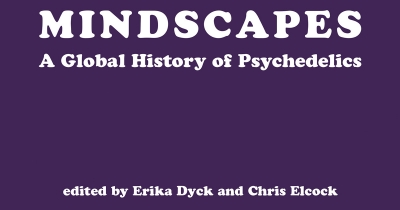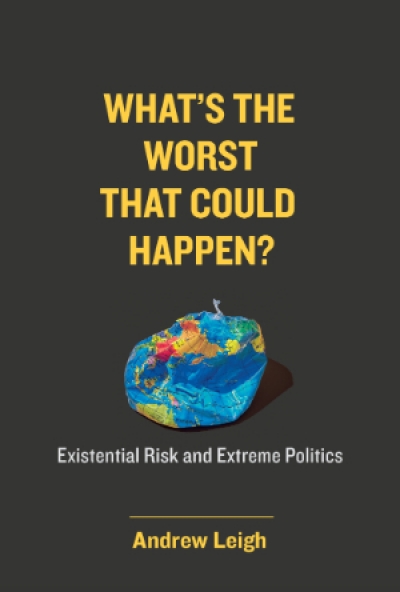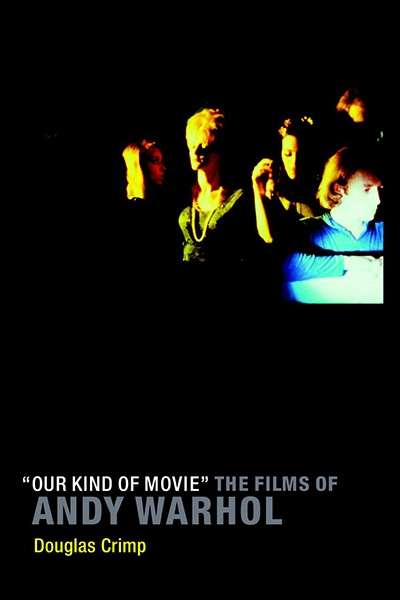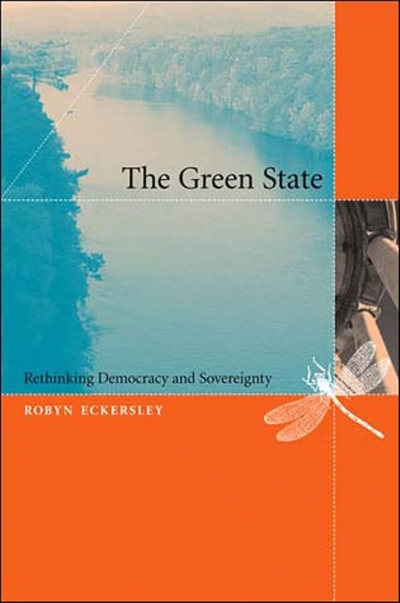MIT Press
Expanding Mindscapes: A global history of psychedelics by Erika Dyck and Chris Elcock
by Ben Brooker •
What’s the Worst That Could Happen?: Existential risk and extreme politics by Andrew Leigh
by Gareth Evans •
Living in a Modern Way: California Design 1930–1965 edited by Wendy Kaplan
by Christopher Menz •
The Green State: Rethinking Democracy and Sovereignty by Robyn Eckersley
by Emily Potter •







